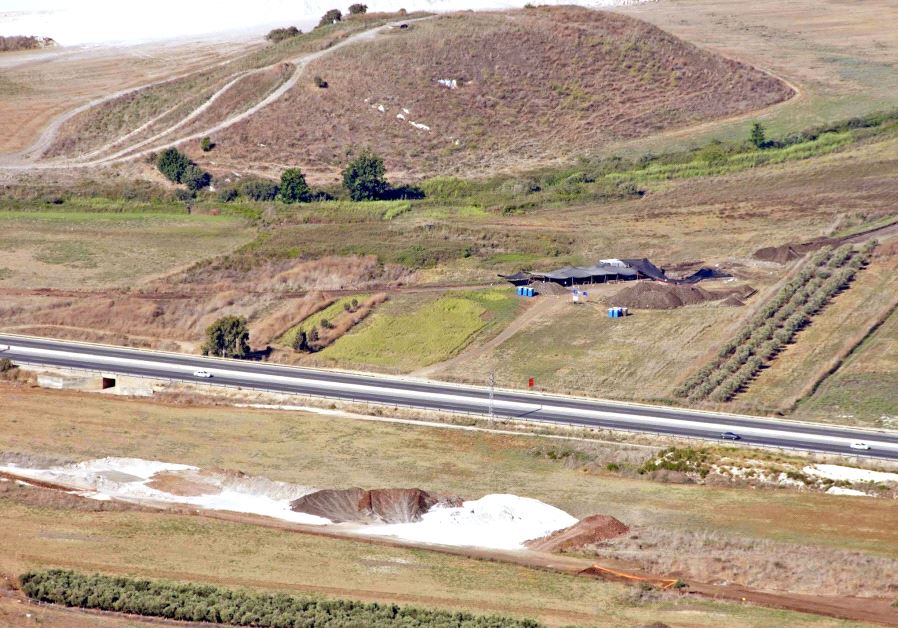Israeli-led study busts myths about the lives of Levant 'cavemen'
Research shows that Neanderthals in Northern Israel were a resilient population before modern humans arrived from Africa 60,000 years ago.
 An aerial view of the excavation site in Ein Qashsish(photo credit: ERELLA HOVERS/THE HEBREW UNIVERSITY OF JERUSALEM)Updated:
An aerial view of the excavation site in Ein Qashsish(photo credit: ERELLA HOVERS/THE HEBREW UNIVERSITY OF JERUSALEM)Updated: